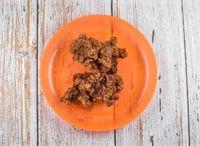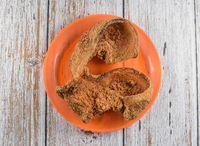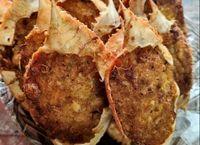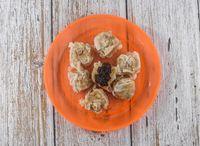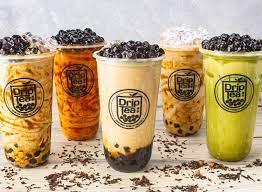Pungko Restaurant entices with the captivating aroma of flavorful sauces and guarantees an authentic Filipino culinary experience. Whether you’re a seasoned dim sum expert or a curious newcomer, Pungko invites you to take a seat, gather your companions, and embark on a vibrant journey through steaming baskets, sizzling plates, and flavors that linger long after the last morsel is consumed. Popular items include Ginabot Siomai sa Tisa Kinapusan Porkchop Ngohiong Crab Meat. Therefore, whether you’re a dim sum aficionado or simply seeking a delectable and satisfying meal, Pungko has something for everyone.

Pungko Menu Prices Philippines
Popular
Dishes
Beverages
Popular at Pungko Philippines
Ginabot:
Pungko’s crown jewel, Ginabot is not your average siomai. Imagine delicate dumplings, translucent and glistening, filled with a juicy pork and shrimp mixture that explodes with flavor in your mouth. Each bite is a testament to Pungko’s meticulous craftsmanship, a symphony of textures and tastes that will leave you speechless.
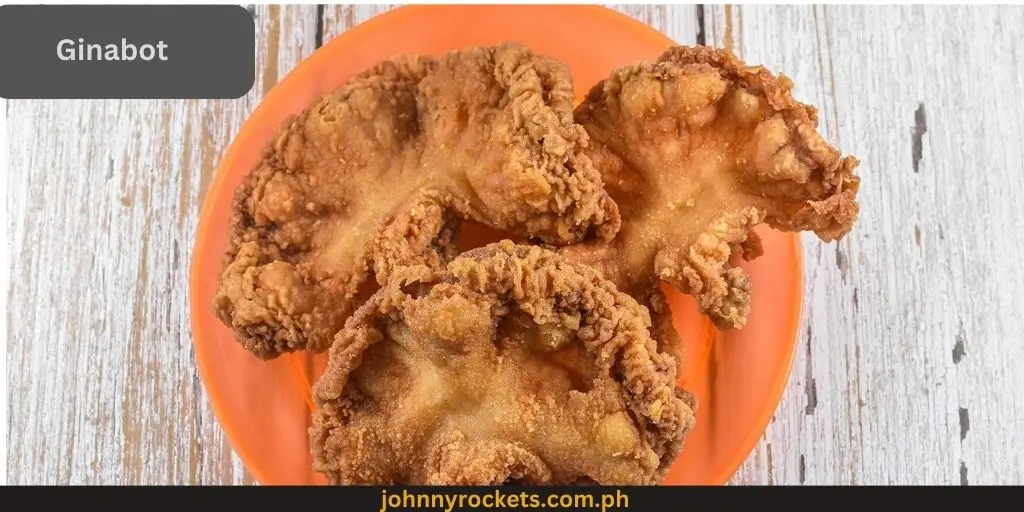
Kinapusan:
Don’t underestimate the power of vegetables! Kinapusan is a vegetarian’s dream, bursting with fresh and crunchy pechay. The secret lies in the light broth, infused with the essence of the pechay leaves, creating a dish that’s both refreshing and deeply satisfying.
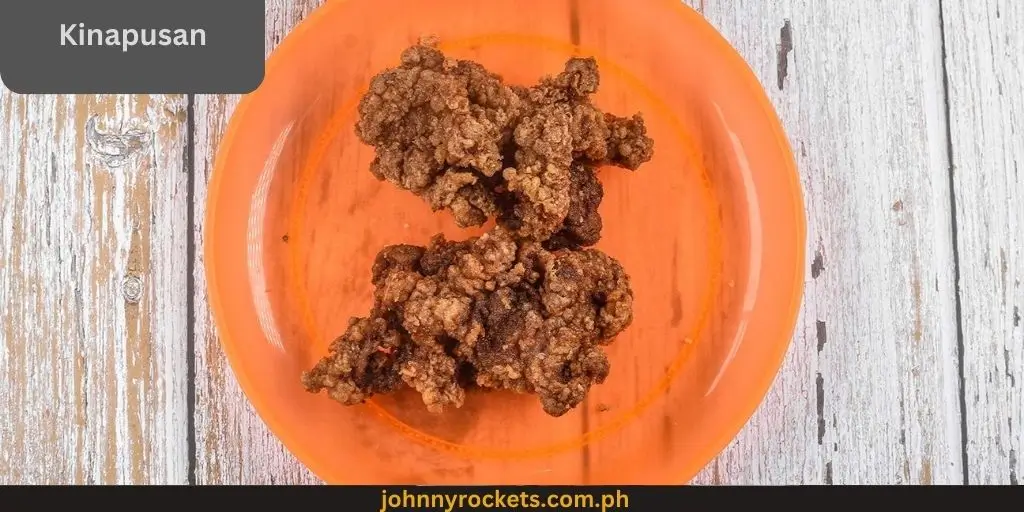
Porkchop:
For those craving a heartier bite, Pungko’s Porkchop is your answer. Imagine a thick, juicy pork chop, marinated to perfection and grilled until golden brown. Each bite is a symphony of textures – the crispy exterior yielding to the tender, succulent meat. The savory marinade adds a touch of complexity, making this a dish that’s both familiar and exciting.
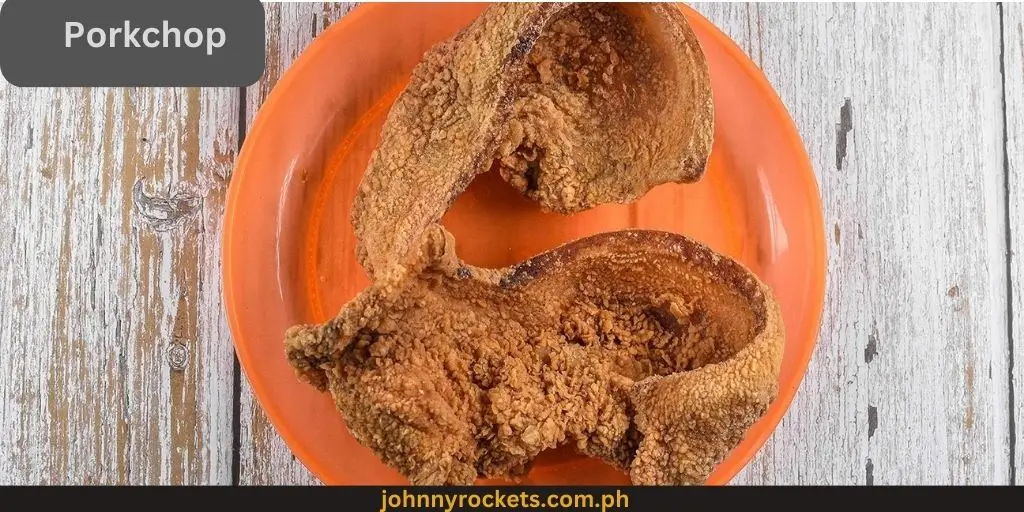
Ngohiong:
Seafood lovers, rejoice! Ngohiong is a celebration of the bounty of the sea. Steamed oysters bathed in a garlic-infused sauce offer a briny, umami punch, while delicate shrimp dumplings add a touch of sweetness. The creamy sauce binds everything together, creating a dish that’s both elegant and intensely flavorful.

Crab Meat:
Dive into luxury with Pungko’s Crab Meat. Chunks of fresh crabmeat, succulent and sweet, mingle with soft tofu in a silky broth. Every spoonful is a taste of opulence, a testament to Pungko’s dedication to using the finest ingredients.
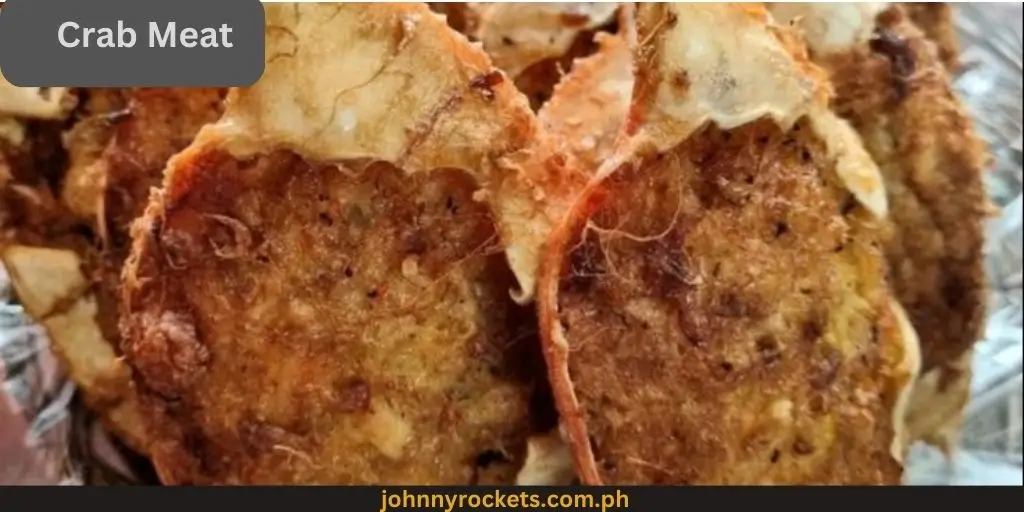
Pungko Alternative Restaurants
Pungko Opening & Closing Hours
| Monday | 6 am–10 pm |
| Tuesday | 6 am–10 pm |
| Wednesday | 6 am–10 pm |
| Thursday | 6 am–10 pm |
| Friday | 6 am–10 pm |
| Saturday | 6 am–10 pm |
| Sunday | 6 am–10 pm |
Social pages
- Facebook: https://www.facebook.com/pungkopungkosafuente/
- Instagram: https://www.instagram.com/pungkotapoyofficial/?hl=en
Phone: +63 916 896 4714
What is Pungko Pungko food?
Pungko-Pungko Demystified: An Introduction to This Unique Street Food Experience…
So, what exactly is Pungko-Pungko? In essence, Pungko-Pungko refers to those charming roadside food vendors you stumble upon while wandering the streets, offering a delightful mishmash of fried goodies. The word “pungko” hails from Cebuano, signifying a squat or crouched posture. Typically, you’ll find yourself perched on humble low benches, necessitating a relaxed and slouched dining stance.
Why is it called Pungko Pungko?
Ever wondered why it’s called “Pungko Pungko”? Well, let’s dive into the linguistic roots of this beloved Cebuano street food tradition. The word “pungko” in Cebuano translates to “squat” or “crouch.” So, when you visit one of these humble stalls, you’ll find yourself in a unique dining posture, as the benches they provide are intentionally low. As a result, you’ll inevitably find yourself in a somewhat slouched position while savoring the delightful street food offerings. This squatting or crouching position while enjoying your meal is where the name “Pungko Pungko” originates, adding an extra layer of charm to this culinary experience.
What is pungko in English?
“pungko” translates in English, it’s essentially a versatile term that encompasses actions like “hunkering down” or “squatting.” So, when someone says “pungko,” they mean to sit in a low, crouched position. It’s a handy word to know if you ever find yourself in a situation where you need to describe this particular way of sitting or if you’re exploring the rich diversity of languages and cultures.
Where did Pungko-Pungko come from?
Pungko-Pungko, derived from the Cebuano term “pungko” signifying the act of squatting, is a delightful dining tradition where patrons perch on low benches by the roadside, feasting on an enticing spread of dishes presented on nearby tables.

